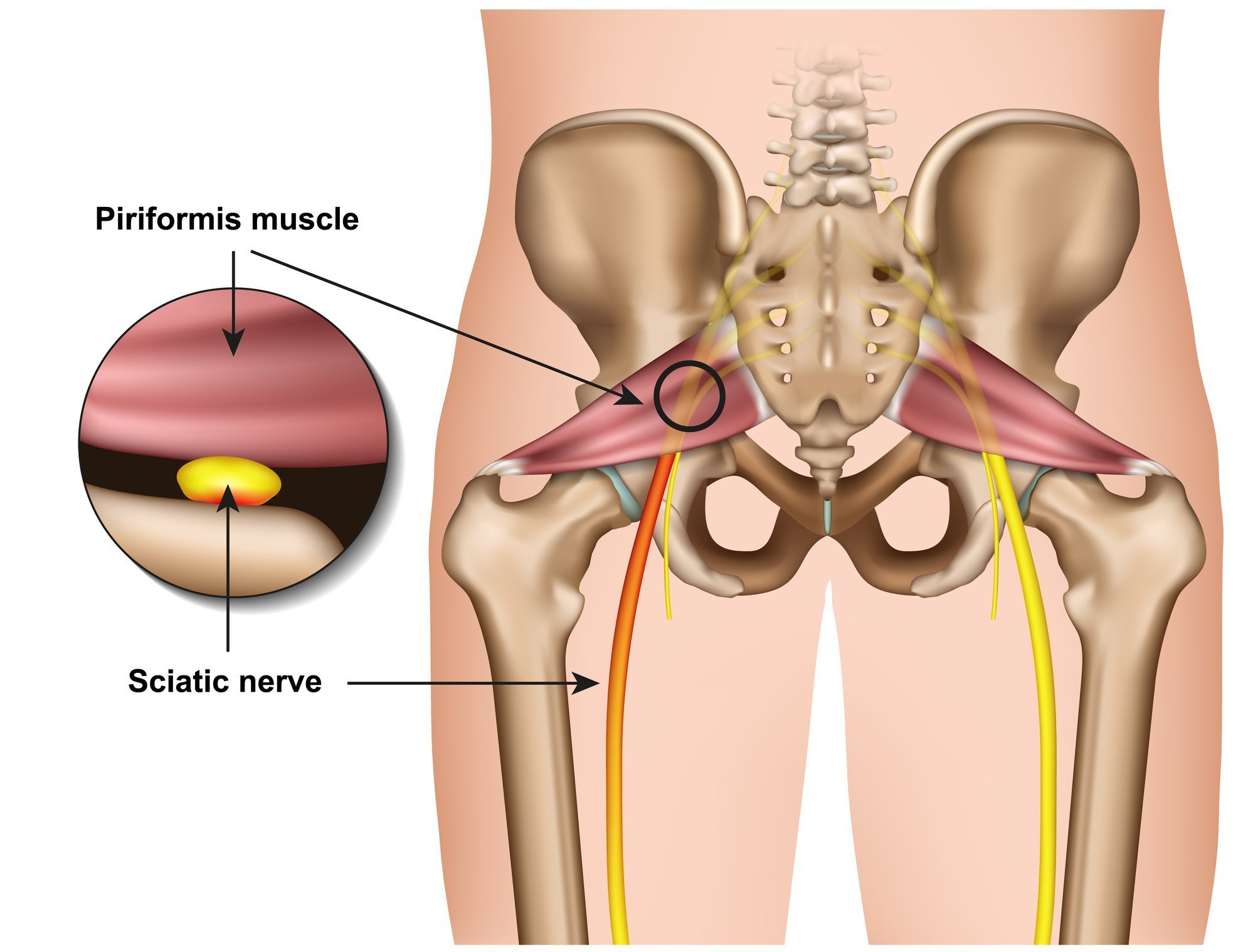Strategic muscle therapy
Be it horse or human, we can help your body feel as awesome as it should!
LYMPHATIC DRAINAGE
This technique encourages the natural drainage of the body’s lymphatic system — which is responsible for carrying waste products away from the tissues back toward the heart.
Through our Strategic Lymphatic Drainage Therapy, we stimulate the opening of the initial lymphatic which increases the volume of lymph flow dramatically — as much as 20 times! Protein removal is essential because they draw in water. So, when excess protein is in the interstitial spaces, it causes swelling or edema. The lymph vessels also collect dead cells, waste, bacteria, viruses, inorganic substances, water & fats. No one wants all that clogging the pipes!
This type of therapy is good for anyone recently sick, recently out of surgery, suffering from long-term sickness, or who feels a bit off or weighed down. Get ready to cleanse & start fresh!
Fascia release
Fascia is a band or sheet of connective tissue beneath the skin’s surface that can either attach, stabilize, enclose or separate muscles & other organs. So, it’s pretty important! Fascia's primary function is to reduce friction of muscular force. It provides a supportive yet mobile wrapping for nerves & blood vessels as they pass between muscles.
Tightness of the fascia restricts movement & pulls the body out of alignment. When the body is out of alignment, compensation begins. When compensation begins, new problems begin as other areas of the body become overworked from the additional weight, tension or exertion.
The goal of our Strategic Myofascial Release Therapy is to stretch the fascia. That stretch loosens the fascia so that it & other contiguous (connected) structures regain their freedom of movement & restore their mobility. Our hands-on technique goes deep into the myofascial connective tissue to eliminate pain & restore biomechanically correct motion.
Facia Release will benefit athletes, anyone experiencing muscle pain/stiff movements & more!
SCiatica release
Sciatica & lower back pain are issues that over 30,000,000+ people deal with daily. The good news is, we can help.
Sciatica is a type of nerve inflammation near the sciatic nerve in the lower spine. Muscles tighten around the lower back & glutes thus impinging the sciatic nerve. This nerve is the longest in the human body, running from the spinal cord, down through the buttocks, all the way down into the legs. Due to all the movement through this weighted-down area, inflammation is common.
The resulting pain may start at the lower back, radiate down the leg & continue into the feet. The intensity of sciatica discomfort can cause one to become immobile & debilitated.
SMT works deep in the tissue using Myofascial Release, Neuromuscular Therapy, Active Isolated Stretching and/or Trigger Point Therapy to release & manipulate the muscles responsible for the pressure & pain around the sciatica. Loosening the nerve releases the trigger point & the impingement. In most cases, that release produces instant back-pain relief.
Another muscular trigger occurs when a large muscle called the piriformis tightens, pinching the sciatic nerve deep within the pelvis. That large muscle is connected to other muscular groups, including the hamstrings, hip flexors & quadriceps, so the piriformis is a big player here, too. We stretch the piriformis to help release the muscle which also provides appropriate relief.
Frozen Shoulder
Frozen Shoulder is a condition where an individual experiences shoulder pain & is unable to lift the arm over the head. Frozen shoulder causes stiffness & restricted range of movement in the shoulder.
The terms Frozen Shoulder & Adhesive Capsulitis (AC) are often used interchangeably, but AC is the acute version. It involves a slow onset of stiffness & pain in one shoulder due to inflammation & tightening of the joint capsule.
Muscle therapy is very beneficial in treating both acute & mild Frozen Shoulder as it increases the blood circulation to the injured region & also reduces the formation of scar tissue. There are various techniques combinations that provide relief from shoulder pain & aids the “thawing” process (recovery).
One treatment method is that of applying constant pressure to the muscles to release the scar tissue/adhesions that may be causing the shoulder pain. Trigger Point therapy is another useful method where steady pressure is applied on certain targeted points within the muscles. This assists in relieving muscle spasms. Along with these techniques, heat therapy is also conducive to treating the frozen shoulder. It can be applied before and/or after therapy to promote “thawing!”






